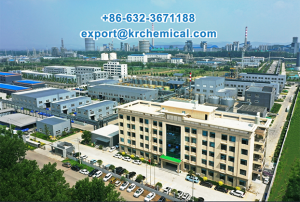Dispersants help disperse solid particles or suspensions in liquids by reducing the interparticle attraction forces and promoting particle separation. When solid particles or suspensions are added to a liquid, they tend to aggregate or settle due to attractive van der Waals forces or electrostatic interactions between them. Dispersants work by adsorbing onto the particle surface, creating a repulsive force that counteracts the attractive forces and prevents agglomeration.
There are different types of dispersants available, including surfactants, polymers, and inorganic particles, which work through various mechanisms. Surfactants are the most commonly used dispersants and work by forming a stable colloidal suspension through the reduction of surface tension, the adsorption of charged groups, or steric hindrance. Polymers work by adsorbing onto the particle surface, creating a steric barrier that prevents particle aggregation. Inorganic particles, such as silica or alumina, work by providing a high surface area for particle adsorption and preventing particle agglomeration.
Dispersants can be added to liquids in different ways, such as in the form of a premixed solution or a dry powder. The effectiveness of a dispersant depends on several factors, including the type of particles being dispersed, the chemical properties of the dispersant, the concentration and mixing conditions, and the application method.
Dispersants are widely used in various industries, such as paints and coatings, inks, ceramics, pharmaceuticals, and food processing, to stabilize suspensions and improve product performance. However, it is important to consider the potential environmental impact of dispersants, such as their toxicity to aquatic life or soil contamination, when selecting and using them.

